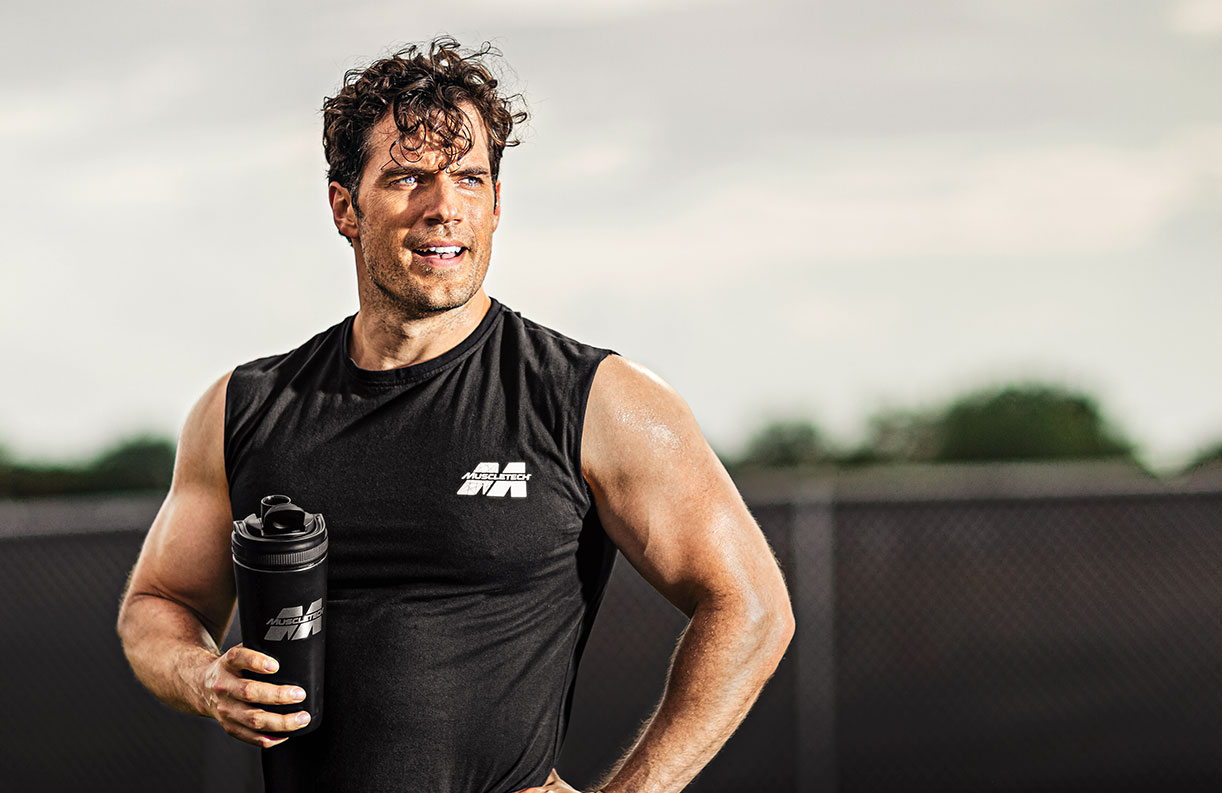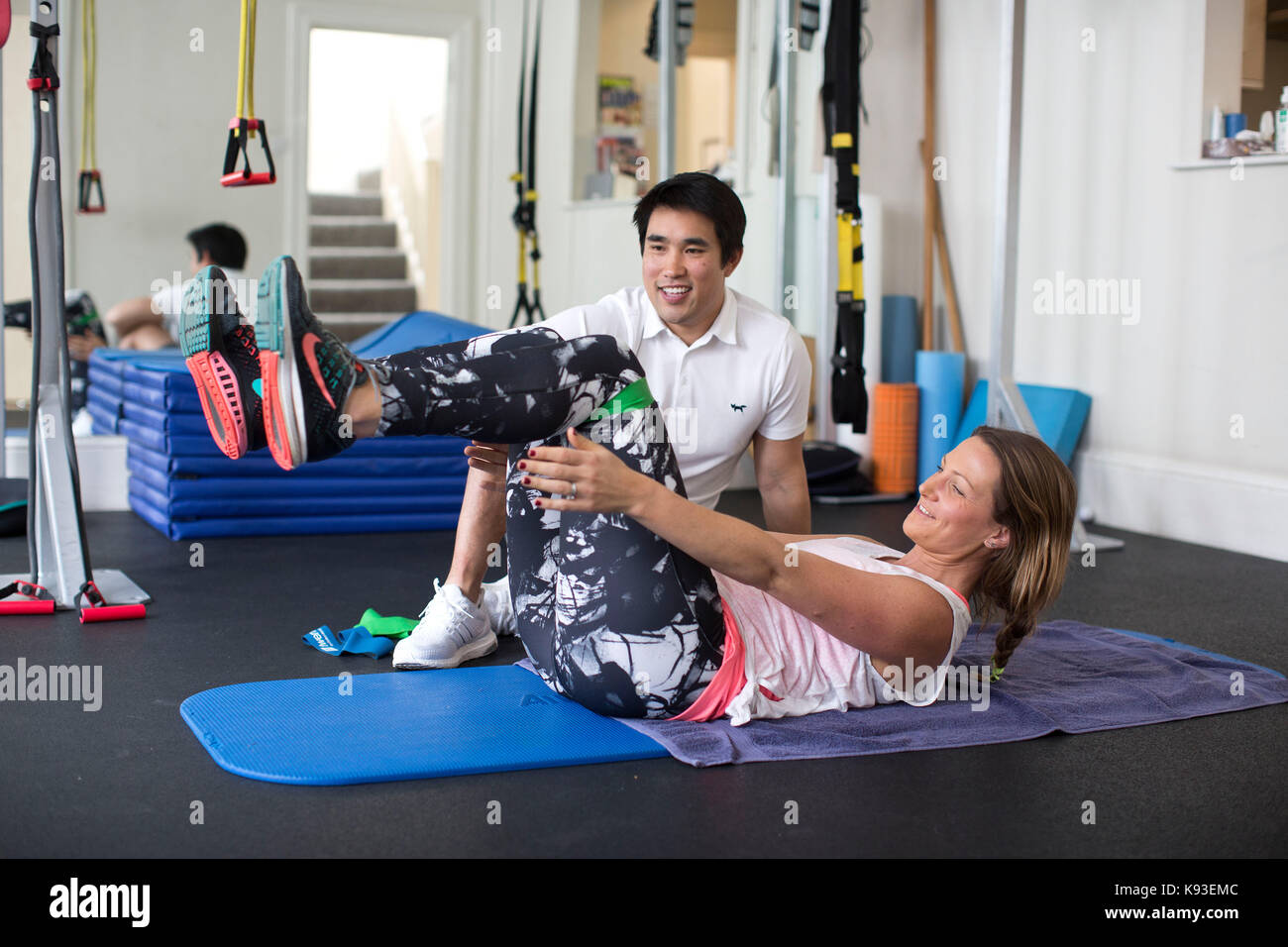
This article will explain the benefits and drawbacks of CrossFit. It also explains why it's a great way to start other types of training. CrossFit at home builds strength and endurance as well as muscle and fat burning. Let's start with the following:
CrossFit is an excellent way to get into other forms and types of training.
CrossFit can be used to open doors to other training options. Each person can adapt the exercises and routines to their needs. They can be difficult and require special equipment. CrossFit is also adaptable, so even beginners can use them to advance their fitness. CrossFit has been a popular way for people to get into other types of exercise, like yoga.

It increases endurance
A crossfit at home workout is a great way to build up endurance and strength. Crossfit isn't a time-consuming workout that requires you to be at the gym all day. It is accessible to everyone. CrossFit consists of a number of exercises that increase strength and endurance. You can also improve your overall health by doing CrossFit. This type of workout is great for anyone with a limited time and heart condition, although it may not be the best choice.
It is a fat burner
CrossFit is a great home workout that can help you lose weight and tone up your body. It's a workout with high intensity that will increase your metabolism over several hours. This improves fat burning and prevents your body from storing excess glucose. Your insulin sensitivity will increase, which can lower blood glucose levels. It also prevents you gaining weight.
It builds muscle
Crossfit at home is not meant to replace the gym. Crossfit at home workouts can be very taxing on your body's energy systems, and can cause undue stress to joints and connective tissues. Crossfit workouts include weightlifting exercises that are challenging and require experience. Beginners should not try this type of routine as it can lead to injury.

It helps to burn fat and build muscle
If you're thinking of attempting a Crossfit at home workout, you've probably heard of HIIT and weightlifting. Are these activities good for you or not? The good news is that they both help build muscle. Muscle is metabolically activate tissue. This means it burns calories, which aids in fat reduction. CrossFit offers both of these benefits. CrossFit is a home workout that will give you the body you have always wanted.
FAQ
How many hours of rest should I get each evening?
The amount of sleep that is recommended for each individual depends on their age, gender and needs. Adults require 7 to 9 hours sleep per night. Children and teenagers need 10 to 12 hours of sleep per night. As they age, however, this number falls.
What is Nutrition Good for?
Your body's ability to function properly is aided by nutrition. The best way to ensure that you receive adequate nutrition is to eat a balanced diet with plenty of fruits and vegetables, lean proteins, whole grains, and healthy fats.
What happens if my sleep is not enough?
If you don't get enough sleep, your brain doesn't receive the signals needed to regulate hormones and chemicals in regulating appetite and metabolism. In turn, this can cause you to eat more and gain weight. Overeating can also be caused by a lack of sleep.
Can exercise help me lose weight?
Yes. Yes. Regular exercise can help you lose weight and burn extra calories. Regular exercise can help you burn calories even when your metabolism is not high.
How exercise and nutrition can improve your quality of life
Exercise can help you stay healthy, lose weight and gain muscle mass. It also helps reduce stress. Nutrition is important for energy, sleep, mood, and overall health. If you want to live longer, eat less meat, drink alcohol moderately, avoid smoking, and do regular physical activity.
Statistics
- Globally, 81% of adolescents aged 11-17 years were insufficiently physically active in 2016. (who.int)
- In high-income countries, 26% of men and 35% of women were insufficiently physically active, as compared to 12% of men and 24% of women in low-income countries. (who.int)
- Adolescent girls were less active than adolescent boys, with 85% vs. 78% not meeting WHO recommendations of at least 60 minutes of moderate to vigorous intensity physical activity per day. (who.int)
- Physical activity confers the following maternal and fetal health benefits: a decreased risk of pre-eclampsia, gestational hypertension, gestational diabetes (for example, 30% reduction in risk) (who.int)
External Links
How To
How to burn belly fat faster
When trying to lose weight, belly fat is often viewed as a problem. It's actually a good thing, in fact. It is the fat in your stomach that protects your organs. Let's now see how to quickly lose belly fat.
Stress and inactivity are two of the major factors that cause us to store body fat. The cortisol hormone stimulates stress which makes us hungry. Cortisol increases insulin levels in our blood. The insulin stores the excess calories as fat. The release of adrenaline from our bodies causes increased appetite. These extra calories can be broken down by exercising.
There are many options to reduce belly weight. You can try any one of them depending upon your budget. Here are some quick tips to get rid of belly weight.
-
Reduce your food intake. Instead of eating three large meals per day, try to eat smaller meals. This will result in fewer calories.
-
Drink plenty of fluids. Water helps flush out toxins from the body and keeps you hydrated. Drinking water before meals will help you feel fuller for longer, so you don't overeat.
-
Avoid snack foods that are unhealthy. If you're looking for quick fixes, snack foods like chips, cookies, candies, etc. Although tempting, they can be very unhealthy. These fattening treats are best avoided as they have too many empty calories and sugar. Choose healthy alternatives like fruits and vegetables, nuts, seeds, whole grains, and seeds.
-
Do strength training exercises at least three times per week. Strength training builds muscle mass that burns more calories, even when it is done while you rest. Strengthening your bones, muscles as well ligaments, joints, tendons, heart and lungs.
-
Regularly walk or stretch. Stretching can improve flexibility, mobility, and reduce back pain. Walking is great for burning calories, especially brisk walking for 30 minutes.
-
Reduce alcohol intake. Avoid alcohol.
-
Slowly lose weight. To lose weight, the first step is to determine what your current weight. Next, calculate your ideal weight by adding between 5% and 10% to your total body weight. Once you have reached your target weight, begin decreasing your daily calories intake by 500-1 000 calories until you reach your goal.
-
Avoid processed foods. These foods are high on sugar, salt, and additives. Processed foods are often very convenient but don't provide enough nutrients to keep you healthy.
-
Don't skip breakfast! A good breakfast can improve concentration, memory, as well as energy level. Breakfast should contain protein (like eggs), fibre (like oats), as well as complex carbohydrates (like oatmeal).
-
Have regular bowel movements. Constipation or irregularity can lead to gas and bloating. To prevent this, drink plenty of water and increase fiber intake.